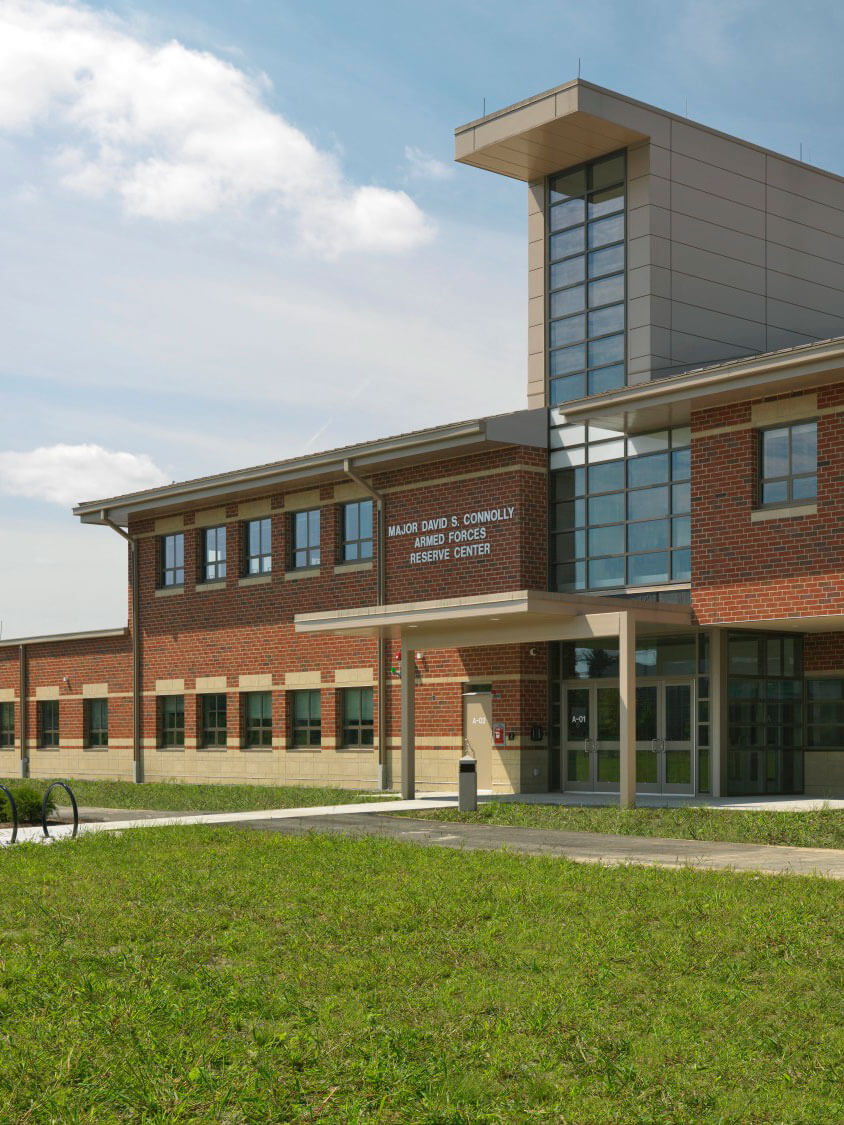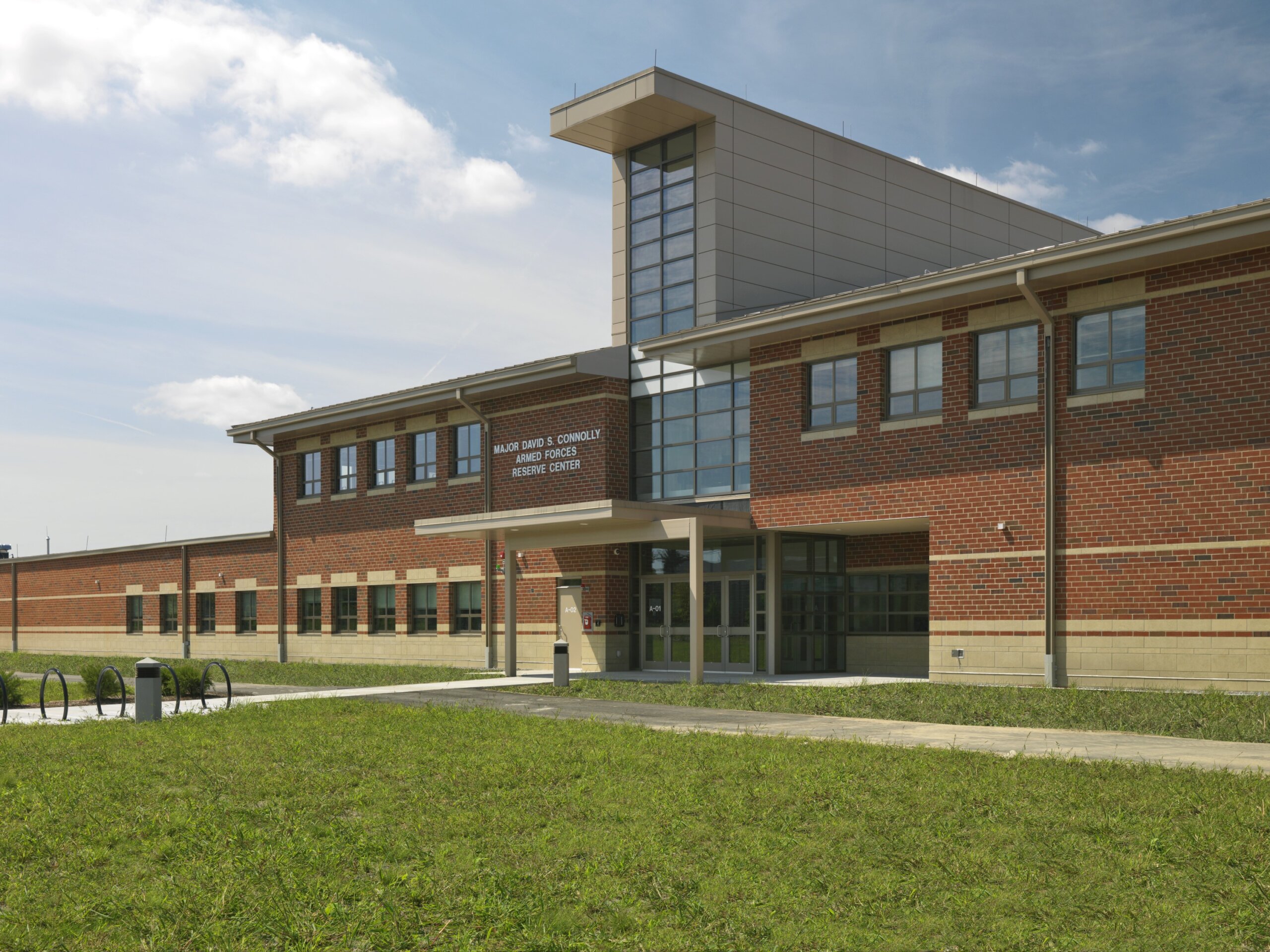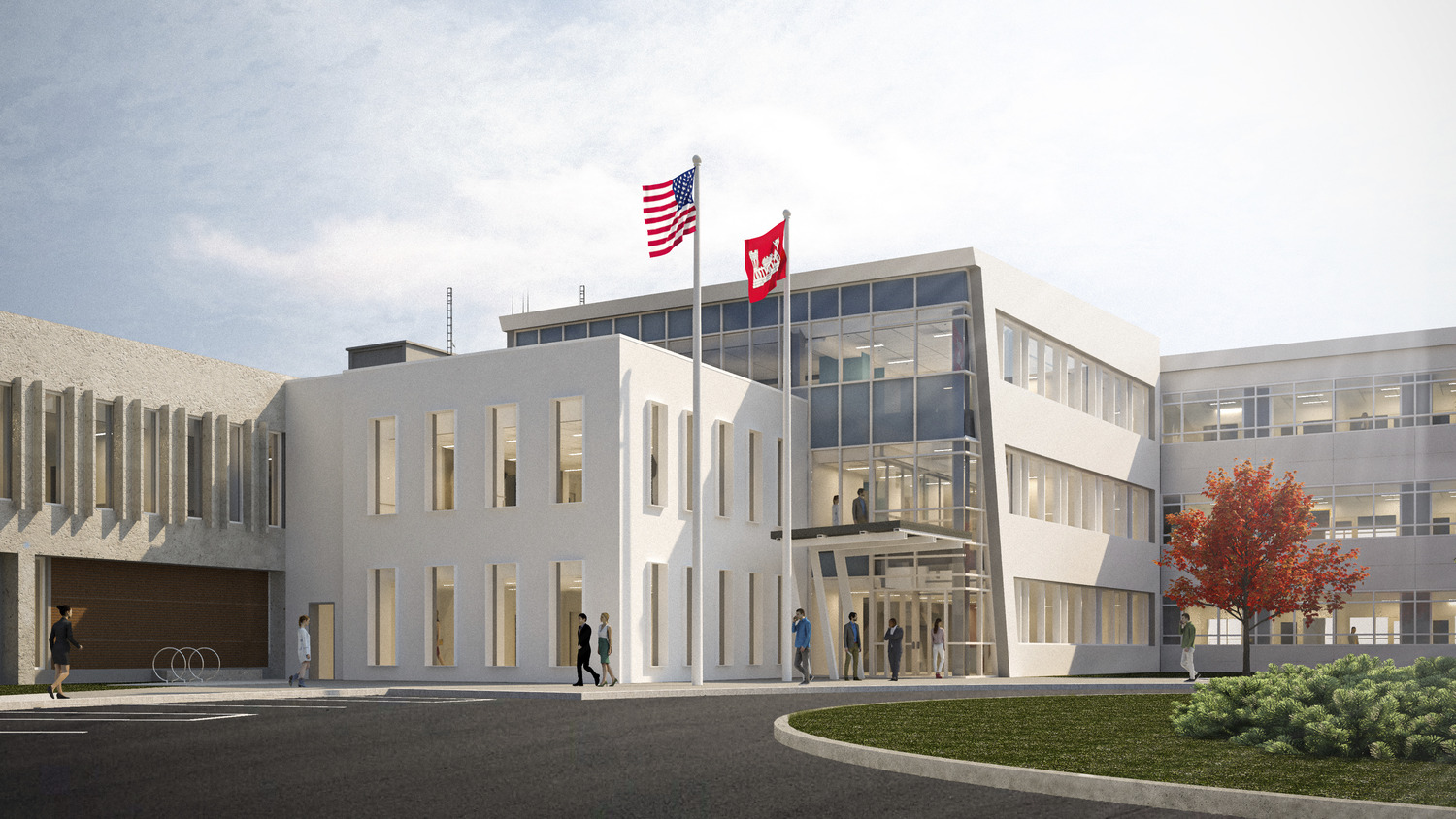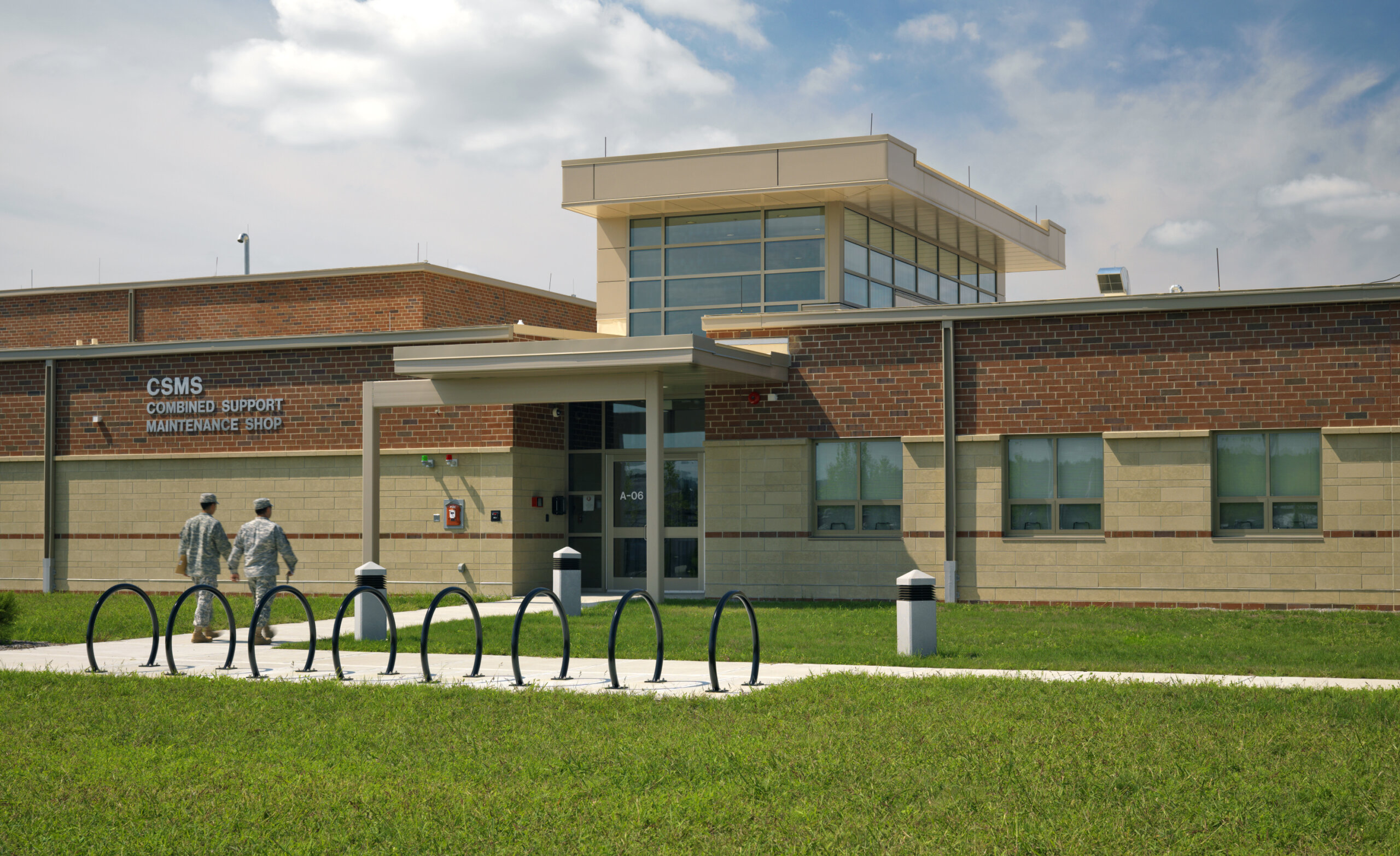
The new campus is one of the largest Armed Forces Reserve Centers in the country.
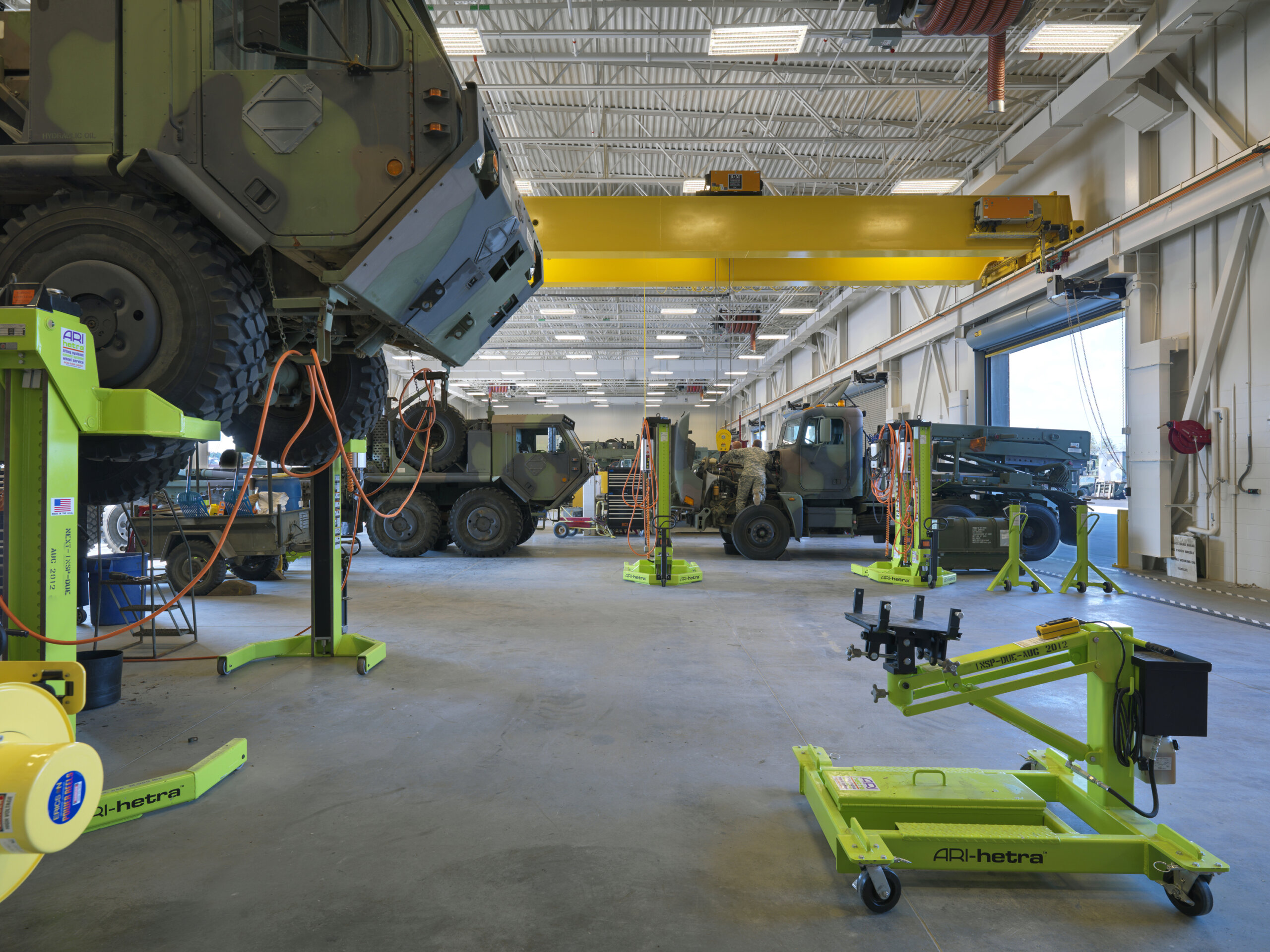
Fort Devens is comprised of seven buildings on 55 acres of land, totaling 276,000 square feet. The campus includes a training facility, classrooms, assembly hall, unheated and heated storage bays, and a covered wash rack.
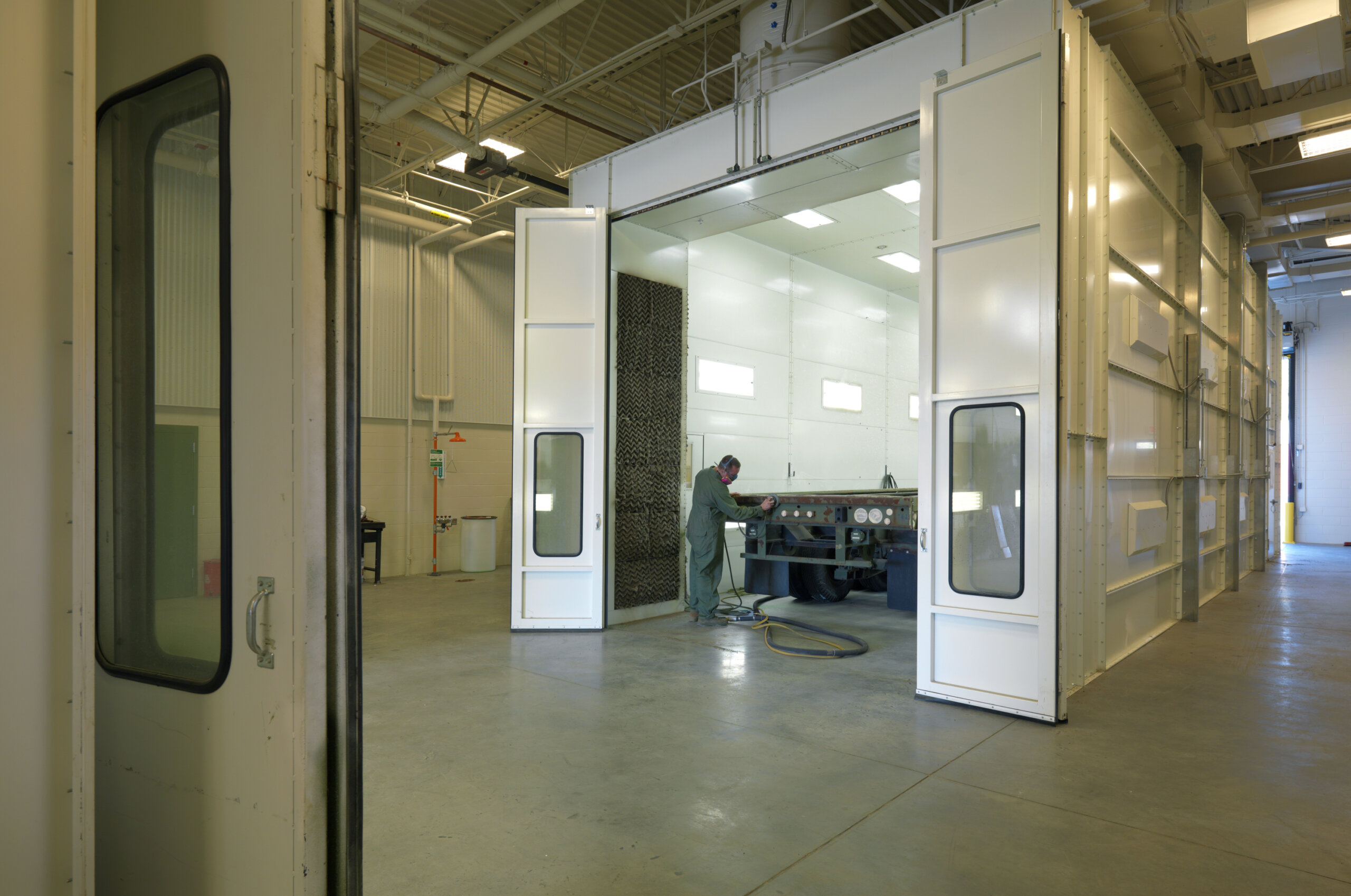
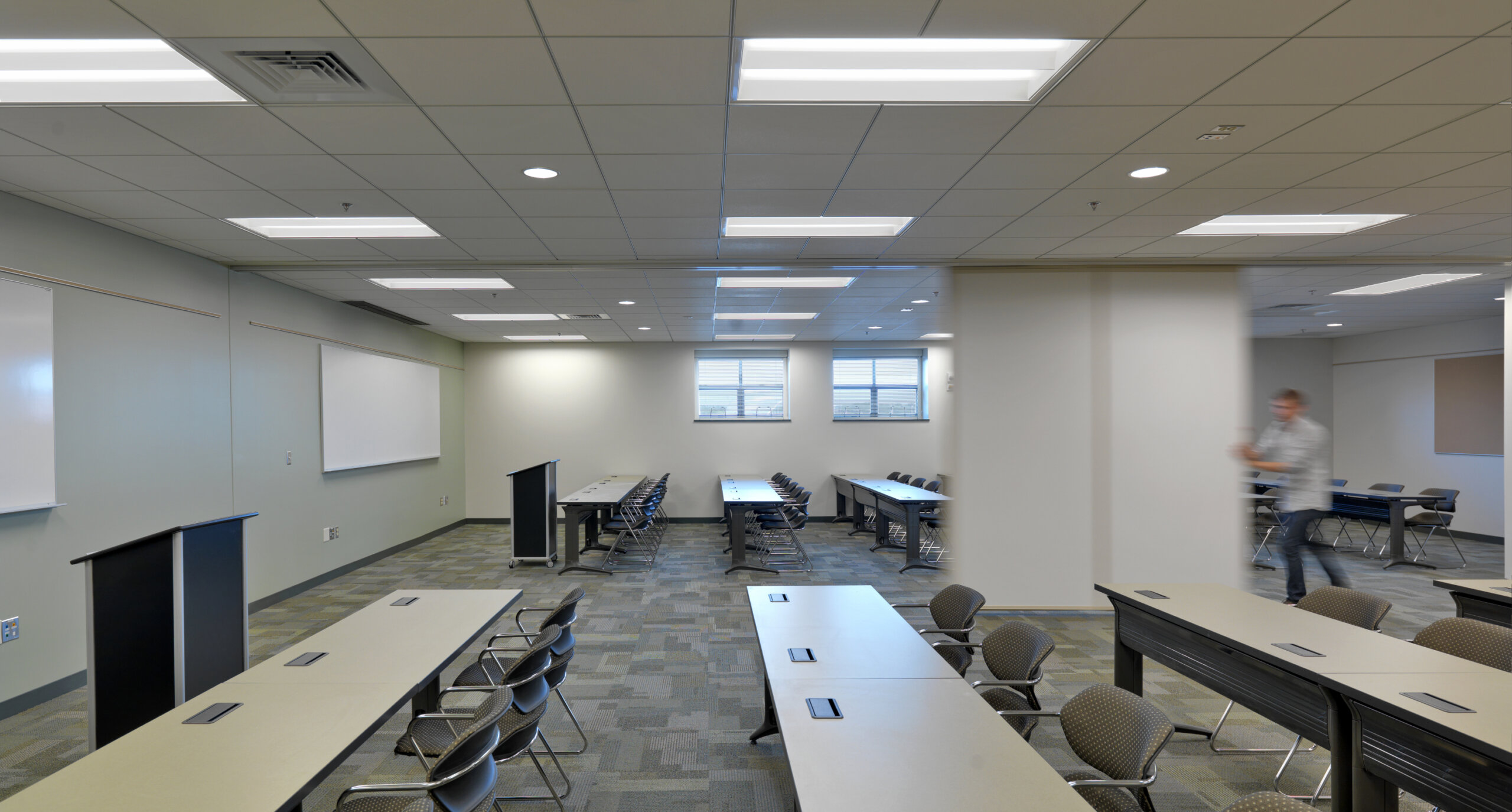
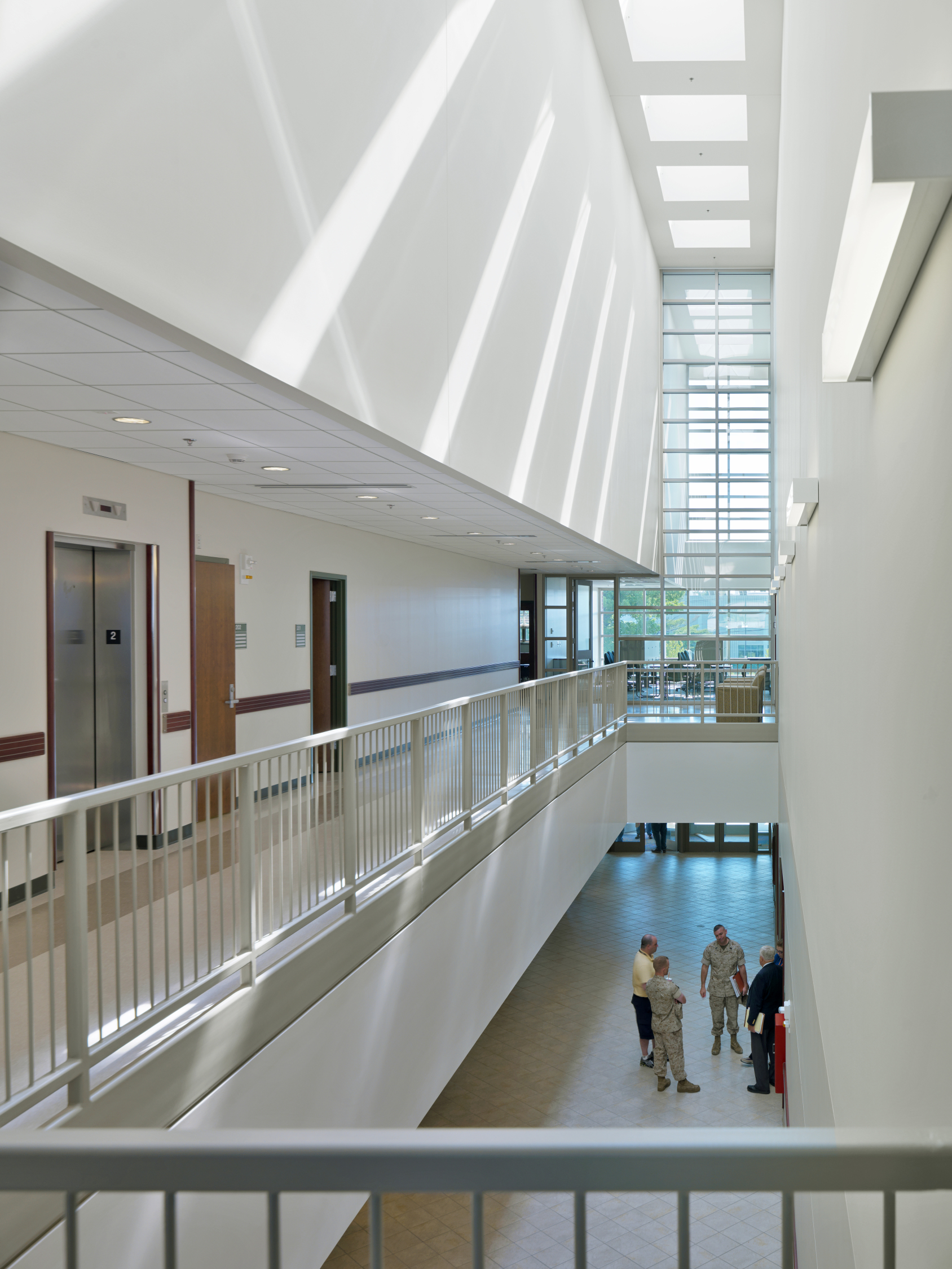
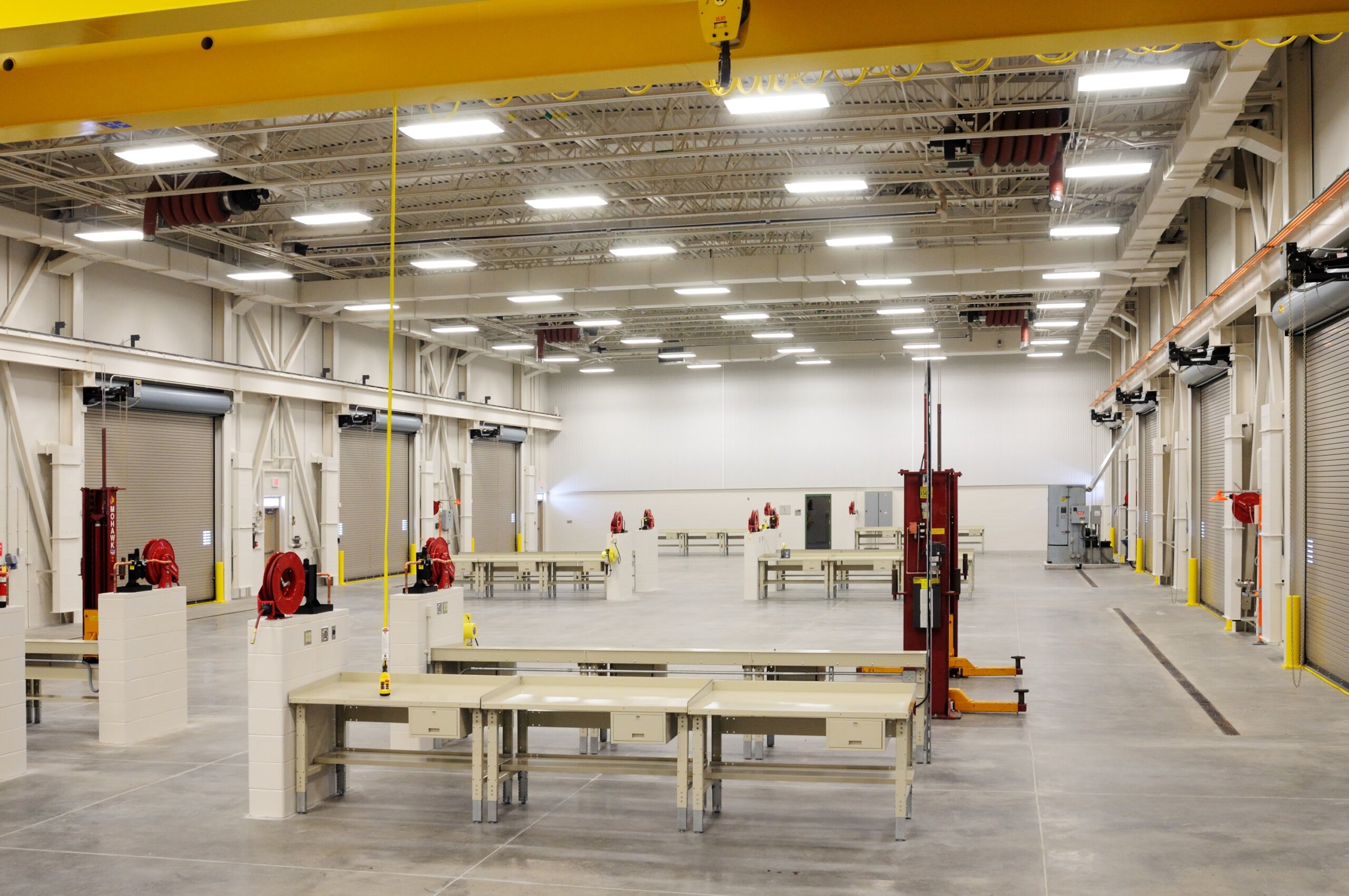
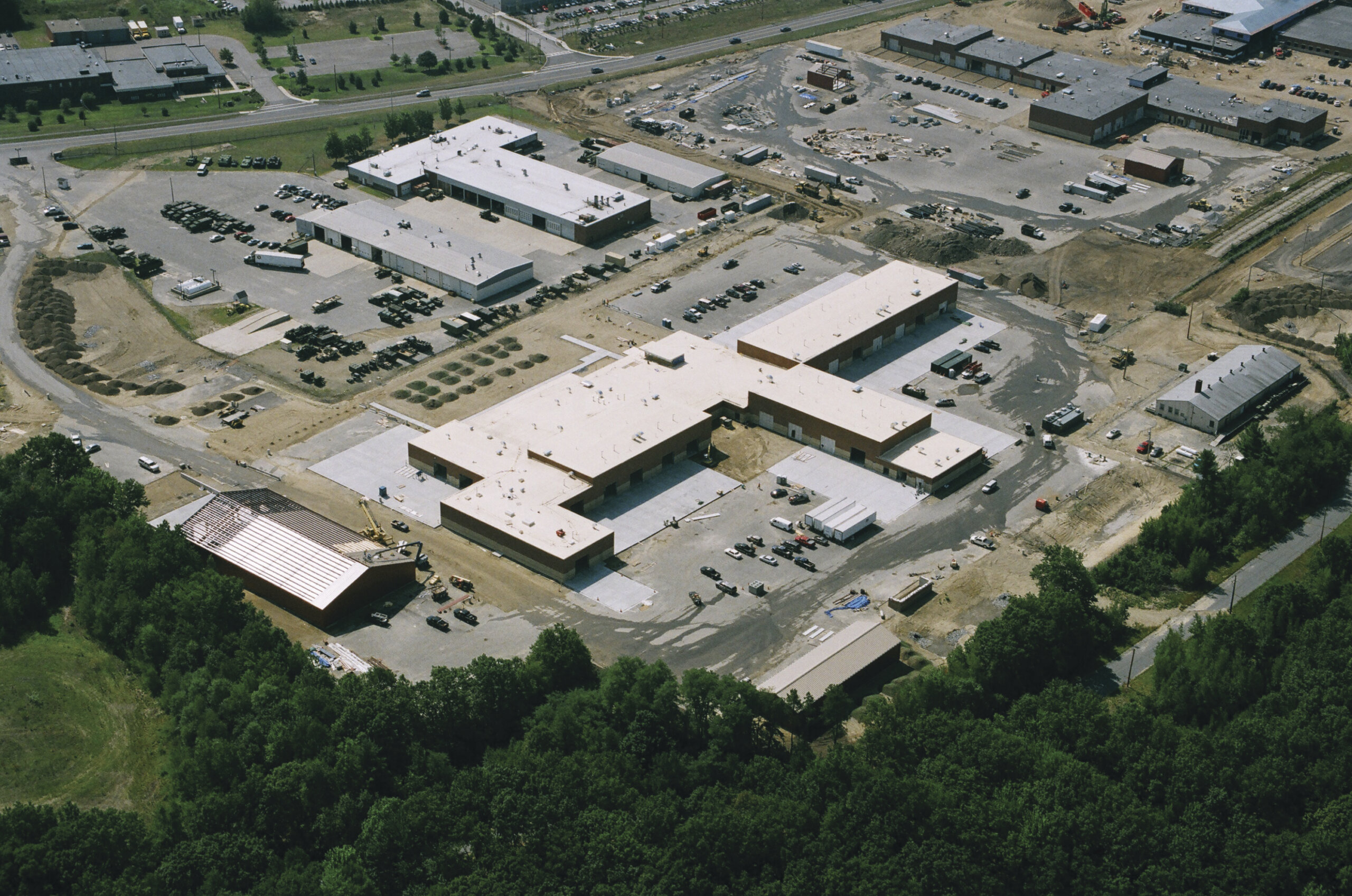
To clear space, site work began by tearing down an existing building, which had been the largest military facility prior to the construction of the Pentagon.
Demolition & Permitting Challenges
|Two factors complicated the process of tearing down the previous building. Once on-site, our team discovered that there were more hazardous materials present in the building than the government had initially anticipated or specified in the scope of work.
Despite the construction activity, Ft. Devens needed to remain fully functional, requiring careful phasing considerations on the part of the design-build team.
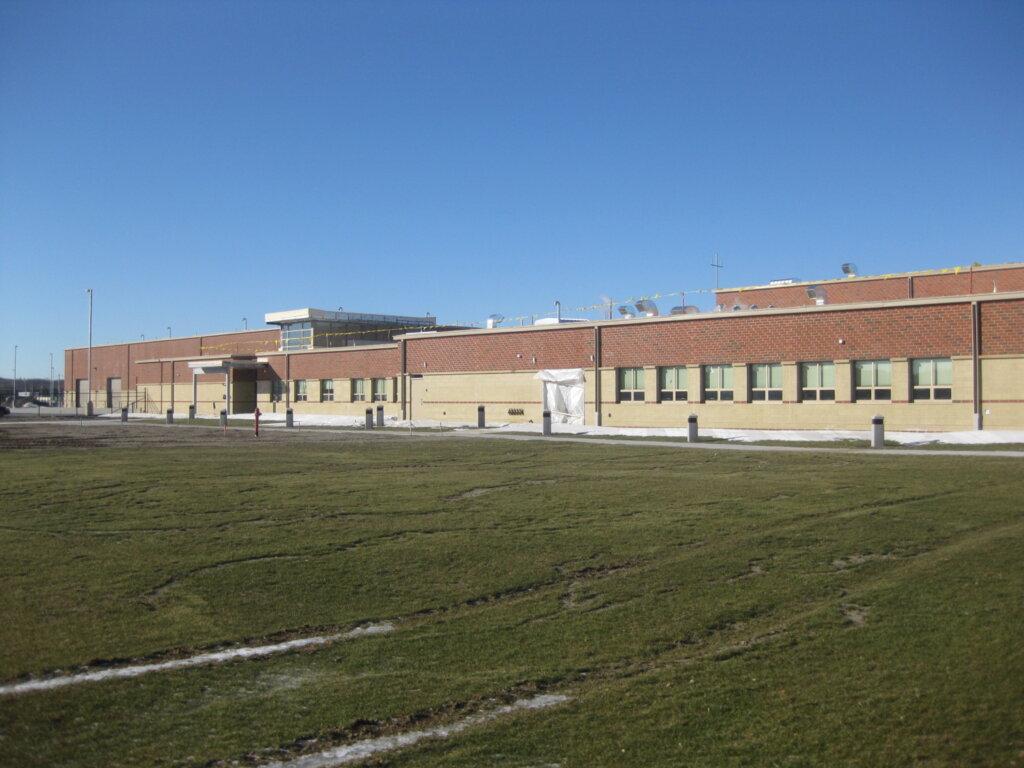
The team also found soil-contamination issues, unforeseen conditions, and unique permitting factors. Portions of the Ft. Devens property include federal land, which is not subject to local and regional permitting regulations. To further complicate things, part of the property falls on state land, which is subject to greater regulation.
On behalf of the client, SMMA obtained ‘good neighbor’ permits from the Devens Enterprise Commission. Although not legally required, the military aimed to ingratiate itself with the community, rather than foster an air of resentment.
A by-product of the land being partially federal-owned and partially state-owned was that the buildings on each were subject to different codes. This necessitated a tremendous amount of organizational forethought and planning to ensure that all requirements and standards were met.
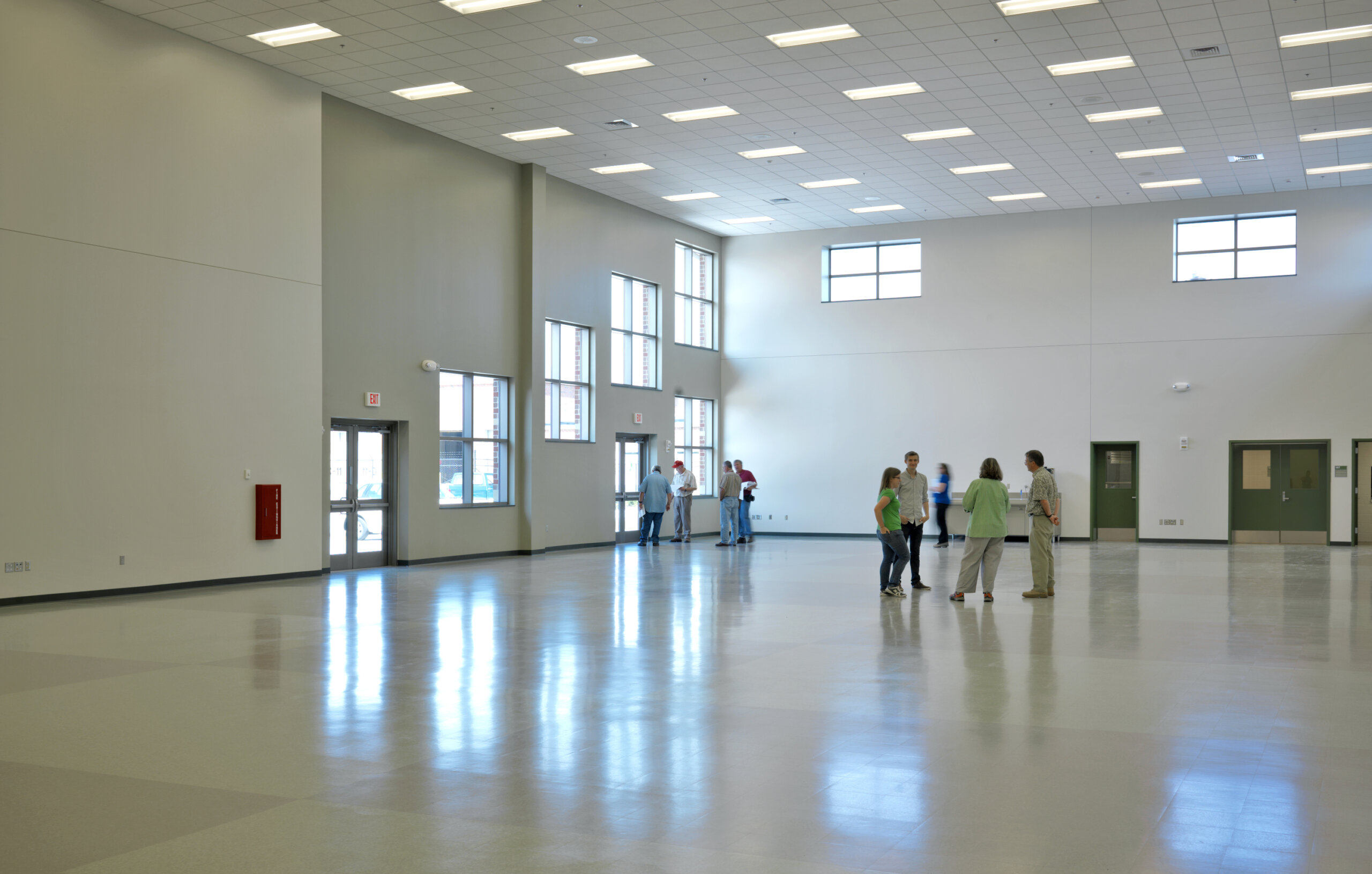
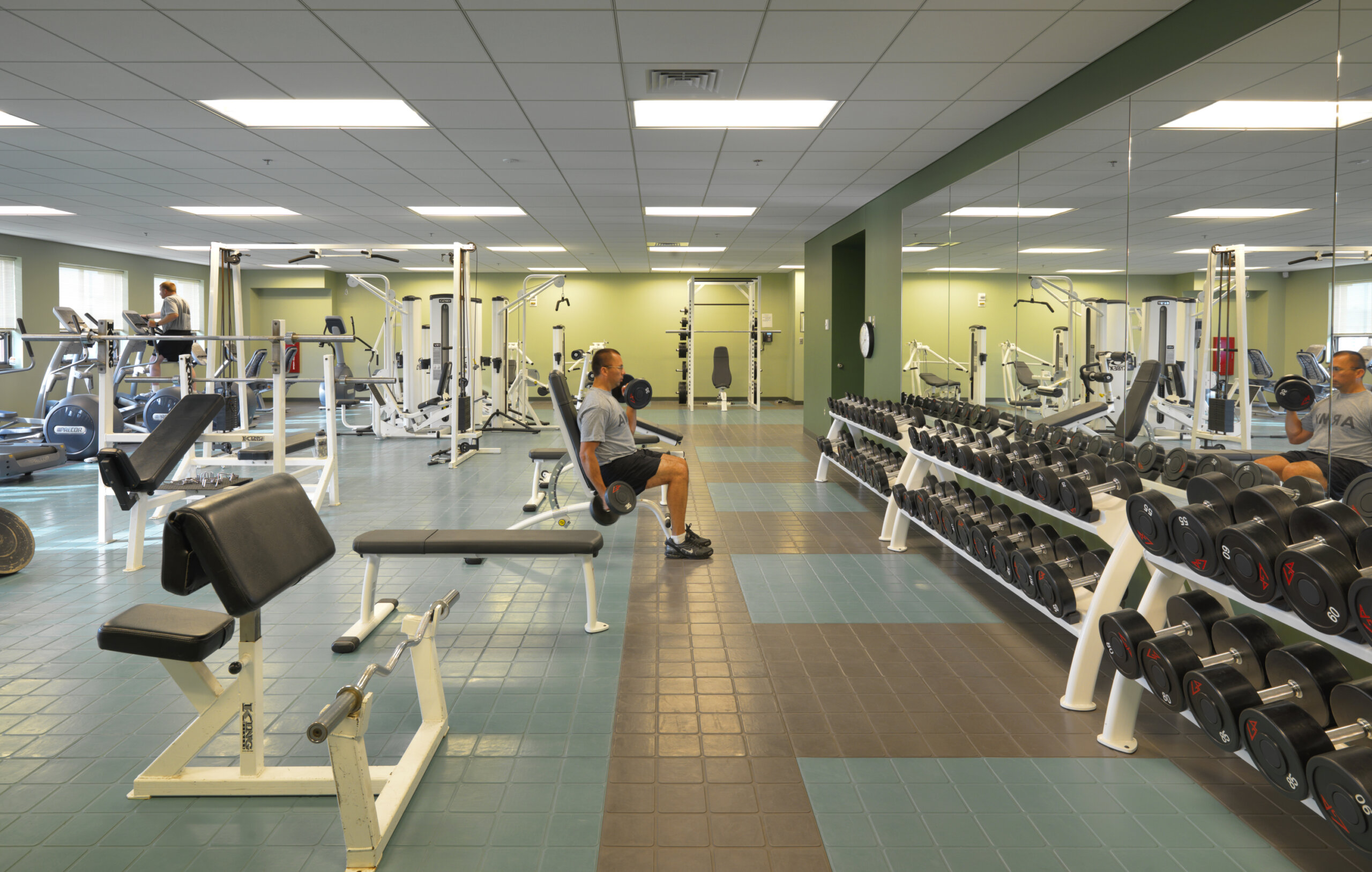
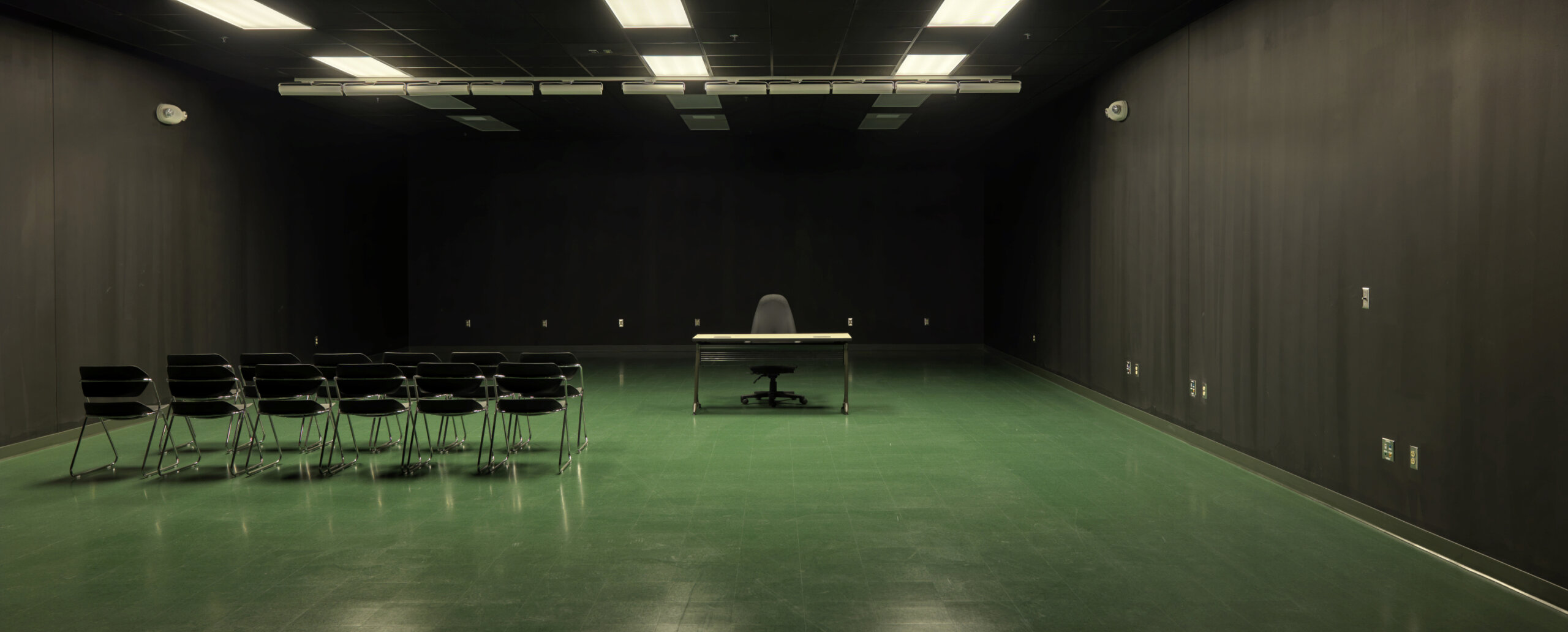
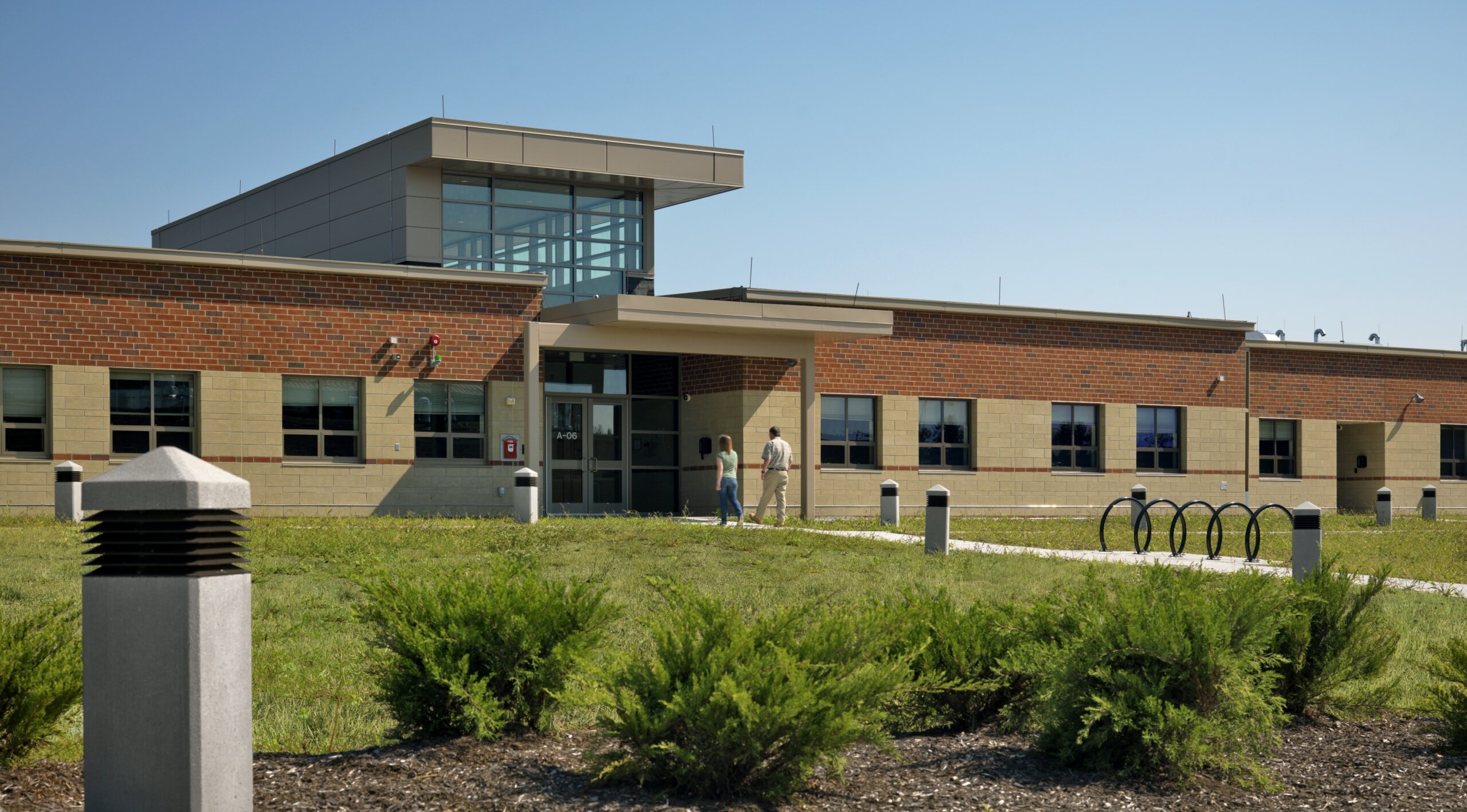
The Fort Devens project informed SMMA’s approach to future reserve center designs, showing that government buildings can balance efficiency with pleasing aesthetics.
The LEED Silver facility uses several sustainable design strategies to reduce environmental impact.
The building envelope was designed to reduce heating and cooling loads, contributing to a weighted average of 40% energy cost savings.
Plumbing systems were designed to reduce potable water usage by 30%.
The project implemented stormwater control measures to protect adjacent sensitive receptors—crucial for mitigating the impact of runoff.
Enhanced commissioning ensured that all building systems functioned as designed. This helped optimize building performance and ensure long-term energy efficiency.
